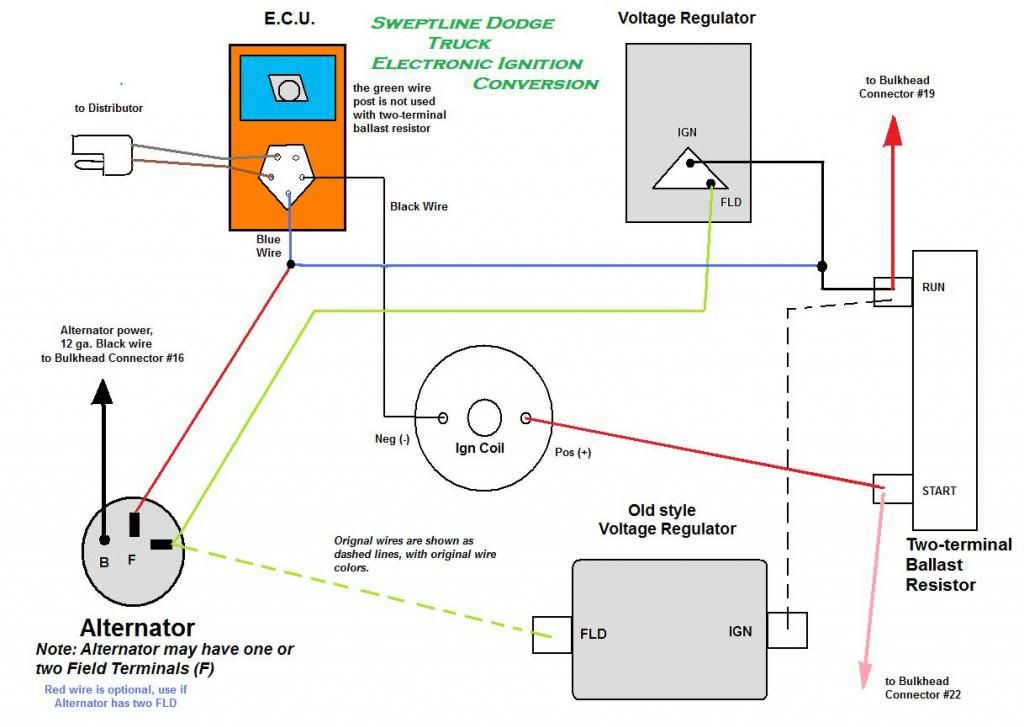Jr340Duster
Member
I done a engine swap on a 64 Plymouth Valiant. took out a 6 cylinder, push button automatic, and put in a 318, 4 speed. I also replaced the points distributer with a mopar performace electronic ignition. I can not get the car to fire. I've tried all different ways to wire this system. The instructions tell me to run the blue wire to the ballast resistor, then to the START lug on the starter relay. When I do this, the car will start, but as soon as I let go of the key, it shuts off., but if I run a wire from the battery, to a toggle switch, then to the blue wire coming from the ballast resistor, I can start it, then when it starts, I turn the toggle switch off, and it keeps running. Only thing, after it warms up, it don't run right, and is hard to start. When its cold, it starts up easy. Is there some kind of difference in the early (63-66) starter relays, compared to the ones made in the 70's? I've replaced the distributer 2 times, replaced the ballast resister 2 times, replaced the starter relay, replaced the orange computer box. Only things I haven't changed, is the black box voltage regulater, and the ignition switch. I've been working on this car for MONTHS! I want to drive it. PLEASE HELP
I've included the diagram of how I have it wired, also a couple pics of the parts I've replaced
theres only 4 wires, 2 wires on the plug, plugs to the distributer, the blak wire goes to the negative side of the coil, and the blue wire goes to the ballast resisitor, then to the START lug on the starter relay.
I wish I could post my phone number, so I could get some help from here.






I've included the diagram of how I have it wired, also a couple pics of the parts I've replaced
theres only 4 wires, 2 wires on the plug, plugs to the distributer, the blak wire goes to the negative side of the coil, and the blue wire goes to the ballast resisitor, then to the START lug on the starter relay.
I wish I could post my phone number, so I could get some help from here.


















